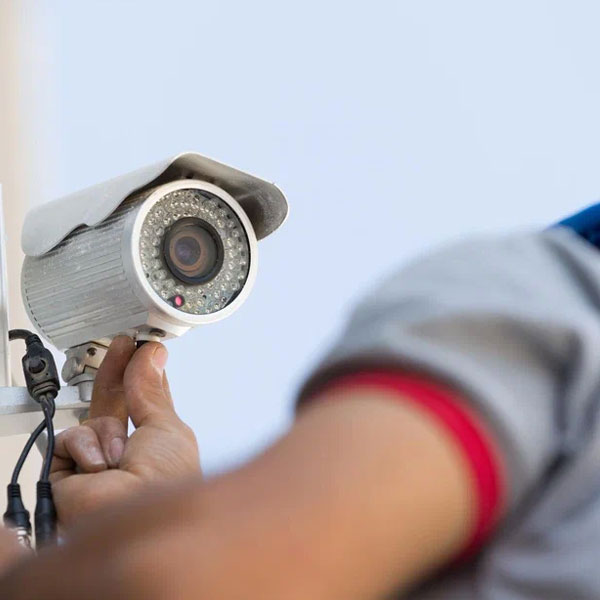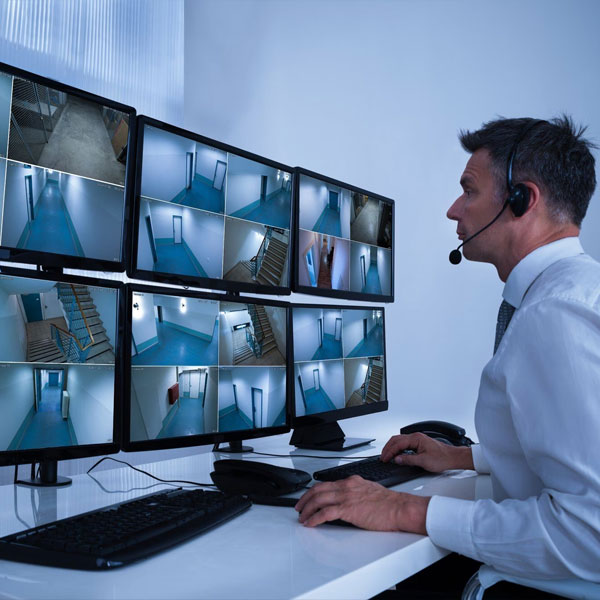CCTV, CREW Internet & Firewall Solutions
CCTV, CREW Internet & Firewall Solutions
In today’s digital age, network security and internet surveillance are more crucial than ever before. Businesses, governments, and individual users face increasing risks from cyber threats, data breaches, and malicious software. This is where CCTV, CREW Internet, and Firewall Solutions come into play, forming a critical defense line against cyber threats while enabling secure, stable internet access. Our article will explore these essential technologies in-depth, detailing their roles, benefits, and the best practices for implementing these solutions for optimal security and functionality.


Understanding CCTV and Its Role in Security
CCTV (Closed-Circuit Television) technology has become indispensable in surveillance systems worldwide. As businesses and individuals aim to protect their premises from threats like theft, vandalism, and unauthorized access, CCTV systems provide a proactive approach to maintaining security.
What is CCTV and How Does It Work?
CCTV consists of video cameras that transmit signals to specific monitors. Unlike broadcast television, CCTV operates on a closed circuit, ensuring footage is only accessible to designated individuals. This selective accessibility makes CCTV an effective tool for organizations, retail stores, and residential areas.

Benefits of CCTV in Modern Security
- Deterrence of Criminal Activity: Visible CCTV cameras deter would-be offenders from committing crimes.
- Real-time Surveillance: CCTV systems offer real-time monitoring, enabling swift responses to security incidents.
- Evidence Collection: Video footage can be invaluable for investigations and in legal cases, providing irrefutable evidence.
- Remote Monitoring: Advanced CCTV systems allow users to view footage from anywhere, even on mobile devices.
- Enhanced Safety: For large corporations, CCTV is essential in ensuring employee safety and preventing unauthorized entry.
Types of CCTV Cameras
- Dome Cameras: Known for their discreet appearance and 360-degree coverage.
- Bullet Cameras: These are more visible and are often used in areas requiring long-range visibility.
- PTZ (Pan-Tilt-Zoom) Cameras: These cameras allow operators to zoom in, pan, and tilt, providing flexibility in monitoring.
- IP Cameras: Internet Protocol (IP) cameras offer higher resolution and are easily integrated into networks for remote access.
CREW Internet Solutions: Reliable and Secure Connectivity
CREW Internet Solutions offer secure and stable internet connectivity, essential for businesses that rely on cloud services, online collaboration, and digital communication. As organizations grow more dependent on high-speed internet, CREW Internet solutions ensure reliability while minimizing risks associated with internet downtime and cyber threats.
Why CREW Internet Solutions are Essential
- Enhanced Network Performance: CREW Internet provides fast and stable connections, minimizing downtime and ensuring continuous workflow.
- Scalability: Solutions are customizable to fit the needs of small businesses and large enterprises alike.
- Cost Efficiency: CREW solutions often allow businesses to reduce unnecessary costs associated with network maintenance.
- Data Security: CREW solutions are designed with security in mind, integrating robust protections to prevent unauthorized access.
Key Features of CREW Internet Solutions
- Load Balancing: Distributes network traffic across multiple connections to improve speed and reduce bottlenecks.
- Virtual Private Network (VPN): A VPN encrypts data, ensuring secure remote access to corporate networks.
- Content Filtering: Blocks access to potentially harmful websites, minimizing exposure to malware.
- Bandwidth Management: Optimizes bandwidth usage, giving priority to critical applications.
Implementing CREW Internet Solutions in Your Organization
Deploying CREW Internet solutions requires a tailored approach, based on factors such as company size, network complexity, and security needs. Consulting with a provider to assess these factors can help businesses implement an internet solution that aligns with their strategic objectives.
Firewall Solutions: A Critical Layer of Protection
Firewalls are essential in any cybersecurity framework, creating barriers that prevent unauthorized access to a network. Firewall solutions protect networks from a wide range of cyber threats, including malware, ransomware, and hackers.
What is a Firewall?
A firewall is a network security device or software that monitors and controls incoming and outgoing network traffic based on predetermined security rules. Acting as a filter, it decides whether to allow or block specific traffic to and from your network.
Types of Firewall Solutions
- Packet Filtering Firewalls: Examine packets and block those that do not match established security rules.
- Stateful Inspection Firewalls: Monitor active connections and ensure only trusted packets are allowed through.
- Proxy Firewalls: These intercept and filter traffic between networks, making it harder for unauthorized users to access the network.
- Next-Generation Firewalls (NGFWs): These advanced firewalls include traditional features as well as additional functionalities like encrypted traffic inspection, intrusion prevention, and threat intelligence.
Advantages of Implementing Firewall Solutions
- Enhanced Security: Firewalls offer real-time protection against malicious software and hackers.
- Controlled Access: Prevents unauthorized access to private data and sensitive information.
- Increased Employee Productivity: Firewalls can block access to non-work-related websites, improving productivity.
- Cost Savings: Reduces the need for costly security incident responses by preventing threats before they impact the network.
- Compliance with Regulations: Certain industries require firewall protection to comply with data security regulations.
Best Practices for Firewall Security
- Regularly Update Firewalls: Ensures the firewall is capable of blocking newly emerging threats.
- Define Security Policies: Establish clear policies regarding who can access the network and under what conditions.
- Use Multi-layered Security: Combine firewalls with other security measures like intrusion prevention systems (IPS) for added protection.
- Conduct Periodic Audits: Assess firewall performance and effectiveness periodically to ensure comprehensive security.
- Restrict Access Based on Role: Implement role-based access to limit network exposure.
Integrating CCTV, CREW Internet, and Firewall Solutions for Optimal Security
To create a secure and efficient network environment, businesses need to integrate CCTV, CREW Internet, and Firewall Solutions. Together, these technologies provide a holistic approach to both physical and network security.
Step-by-Step Integration Strategy
- Assessment of Security Needs: Evaluate the specific risks and vulnerabilities that require attention.
- Planning and Design: Create a design that accommodates CCTV, CREW Internet, and firewalls effectively within the existing infrastructure.
- Implementation: Install and configure each component with compatibility in mind.
- Monitoring and Maintenance: Regular monitoring and updates ensure ongoing functionality and protection.
- User Training: Educate employees on security policies and procedures to maximize the effectiveness of the integrated solutions.
Conclusion
Implementing CCTV, CREW Internet, and Firewall Solutions provides businesses and individuals with a robust defense against physical and cyber threats. From protecting premises with CCTV to securing network access through CREW Internet and firewalls, these solutions form a comprehensive security system. By understanding and investing in these technologies, organizations can improve their security posture, ensuring the protection of their data, employees, and assets.

